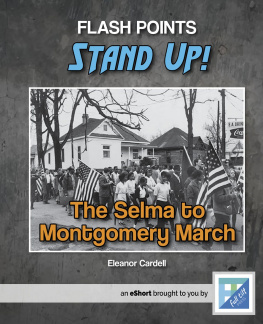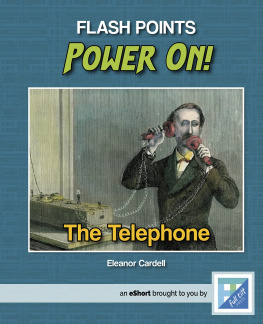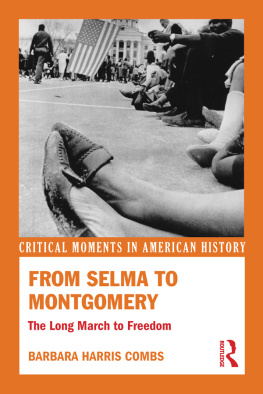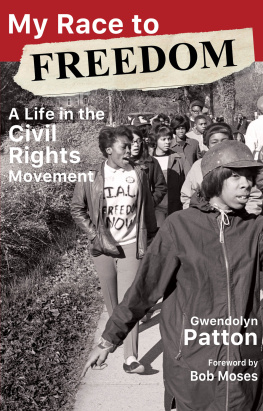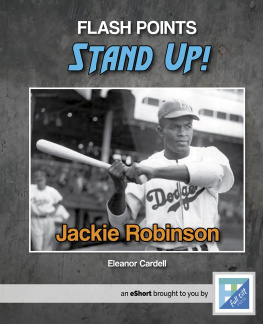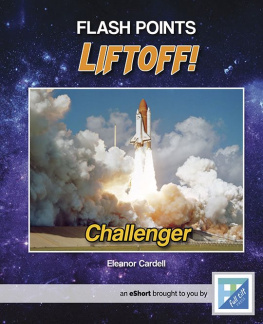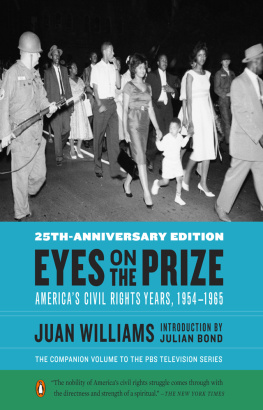
2 Flash Points
March 25, 1965
People come marching into Montgomery, Alabama.
Everyone is tired. It took ve straight days of walking
to travel from Selma to Montgomery. It was a dangerous
journey. Soldiers were watching over them, but some ghts
still broke out. Some people were hurt. Many white people
didnt want the march to reach the capitol. e marchers want to
stop voter suppres sion in Alabama and much of the South. Now,
the protesters pack onto the lawn in front of the Capitol Building. ey
hope that lawmakers are ready to hear their message.
Dr. Martin Luther King Jr. stands on the steps. He led the march from Selma
to Montgomery. King begins to speak. He praises the people for marching.
He tells them that they must keep ghting for civil rights because change is
coming. How long will prejudice blind the visions of men? King asks the
crowd. Not long!
The
Selma to
Montgomery March
suppression: stopping
something by force

Did you know?
Between 25,000 and 30,000
people made the march
from Selma to Montgomery.
Stand Up!
During the march to Montgomery, many people got blisters on
their feet and sunburns on their faces. Dr. Martin Luther King Jr.
had a blister so bad that he wasnt sure if he could nish the march.

March on Washington
In August 1963, 200,000 people marched through
Washington. ere, Martin Luther King Jr. delivered
his speech, I Have a Dream. Aer, King met with
President John F. Kennedy. ey started working on the
Civil Rights Act of 1964. is law made it so African
Americans could get jobs without being treated unfairly.
Voter Suppression
Even though the law said they were allowed to vote, many
African Americans still werent able to. Voter suppression
was common in the South. Many peoples right to vote was
being taken away illegally. ey were for ced to take unfair
tests and pay a large fee, called a poll tax, for local elections.
4 Flash Points
How and Why
Historical events rarely have only one simple cause. Many
dierent things such as certain events or changing ways
of thinking work together to shape the future. Below are
some of the events that led to the march to Montgomery.

Protesting Violence
Birmingham, Alabama, was one of the most segregated
cities in the South. is meant that people were
separated based on race. Many people wanted it to stay
that way. Violence was common. On September 15th,
1963, a church was bombed. More than people were
injured, and young girls died. People were furious.
Bloody Sunday
To ght against voter suppression, Martin Luther King
Jr. organized a march. e group le Selma on March 7,
1965, and headed to Montgomery. However, aer
marching through Selma, they were blocked at a bridge
by state troopers. e troopers got very violent and many
people were injured. at day is known as Bloody Sunday.
Protecting Protesters
On March 15, President Lyndon Johnson spoke to
congress about voters rights. He supported the march,
and told Alabama that the marchers should be allowed
to travel to Montgomery. But the Alabama governor said
he would not protect the marchers. So President Johnson
sent in US National Guard troops to keep them safe.
Stand Up!

What Happened Next
e pictures of Bloody Sunday and the march
from Selma to Montgomery made people
pay attention. Police and state troopers
put more than people in the
hospital. e rest of the US realized
that voter suppression was a big
problem in the South. e laws for
equal rights were being ignored.
Many African American voters had
to take tests before they were allowed
to register to vote. e tests were
confusing and long. One wrong answer
meant they would fail. Almost nobody passed.
But in August, President Johnson signed the Voting Rights Act
of 1965. It got rid of the tests and other barriers. Finally, many
African Americans could register to vote.
Before, the government hadnt said that there was a problem
with voter suppression. But now, the president had noticed. e
movement was getting more support. People were starting to
understand. It looked like things might be starting to change.
6 Flash Points
register: to add your name
to an ocial list in order to
be allowed to do something

Did you know?
Before the march, only percent of
Selmas African American population
was able to register to vote.
Stand Up!
During the march from Selma to
Montgomery, protesters sang many
songs about freedom, hope, and love.

Ripple Effects
A single event, no matter how big or small it may seem at
the time, can have a big impact on the future. e historic
march to Montgomery had many long-lasting eects.
Voting
Rights
The Voting
Rights Act of 1965
made poll taxes
illegal. This made
it easier for African
Americans to register
to vote. Right away,
more than 100,000
African Americans
registered to vote
in Alabama.
The Power to
Change
As more African Americans
were able to vote, more African
Americans ran for oce and became
elected ocials. Ocials have
power to make legal changes.
They can ght to protect civil
rights from inside the
government.
8 Flash Points

Equal
Rights Today
The Voting Rights Act
has changed since the

